Ibises and Spoonbills
| Order: PELECANIFORMES - Family: THRESKIORNITHIDAE |
| 35 Species currently existing - 8 in region |
Ibises and Spoonbills:
Appearance: Ibises and spoonbills are wading birds belonging to the Threskiornithidae family. Ibises typically have long, curved bills used for probing in the mud for food. They have long legs and long necks. Spoonbills are characterized by their spoon-shaped bills, which they use to sweep through the water to catch prey.
Habitat: Both ibises and spoonbills are commonly found in wetland environments such as marshes, mudflats, and shallow lakes. They prefer areas with ample water resources and abundant food sources like fish, insects, and small invertebrates.
Behavior: Ibises and spoonbills are usually social birds that are often seen in groups. They feed by wading in shallow water and using their specialized bills to catch prey. These birds are generally diurnal and may roost in trees or dense vegetation overnight.
Breeding: Ibises and spoonbills often nest in colonies, building their nests in trees, shrubs, or on the ground. They typically lay a clutch of eggs, and both parents share the responsibility of incubating the eggs and caring for the chicks.
Nesting Sites: Ibises and spoonbills often build their nests in colonies in trees, bushes, or reed beds located near water bodies. They select locations that provide both protection from predators and convenient access to food sources.
Migration: Many species of ibises and spoonbills are migratory, traveling long distances between their breeding and wintering grounds. They rely on a network of wetlands and coastal habitats along their migration routes for resting and feeding.
Conservation Status: In Colombia, ibises and spoonbills face threats such as habitat loss due to agricultural expansion, pollution, and human disturbance.
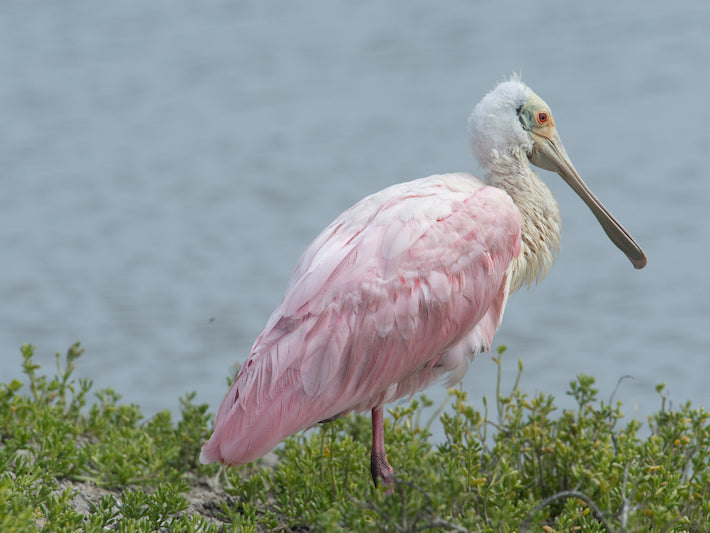
Roseate Spoonbill
Platalea ajaja
Spanish name: Espátula Rosada
Size: 32 in | 81 cm
Habitat: Shallow coastal marshes, mangrove swamps, estuaries, and lagoons where they can wade and forage for their food.
Height: <1000 m
Photo: © Luis A.Materon
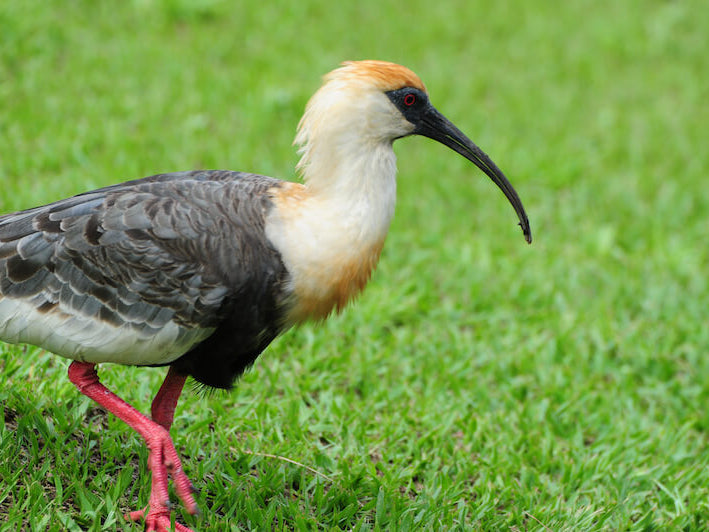
Buff-necked Ibis
Theristicus caudatus
Spanish name: Bandurria Aliblanca
Size: 30 in | 76 cm
Habitat: Open habitats with access to water sources for drinking and foraging. They can be found at various altitudes, from sea level up to mountainous regions,
Height: <1600 m
Photo: © Luis A. Materon
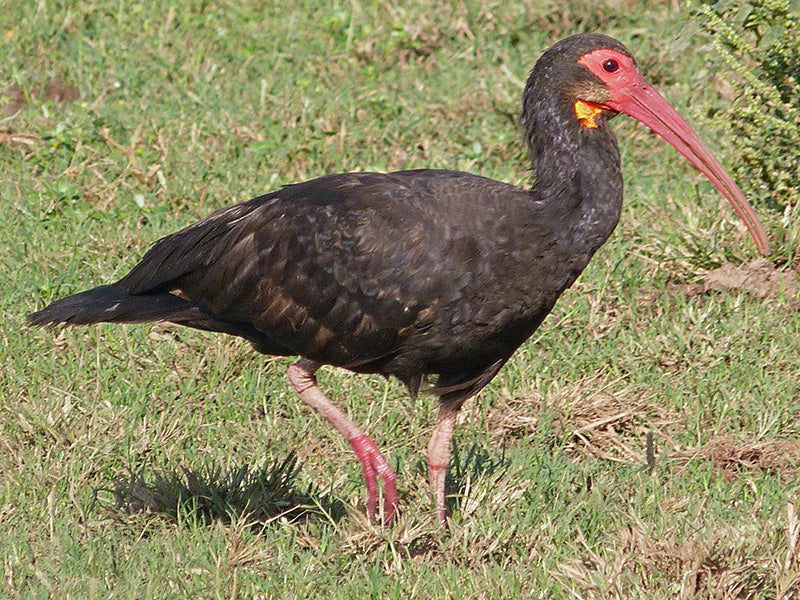
Sharp-tailed Ibis
Cercibis oxycerca
Spanish name: Tarotaro
Size: 32 in | 81 cm
Habitat: Various wetland habitats, including marshes, swamps, flooded grasslands, and rice fields. They also inhabit areas near rivers, ponds, and lakes where they can find food easily.
Height: <500 m
Photo: © Iván Lau eBird S32521028 Macaulay Library ML 90209411
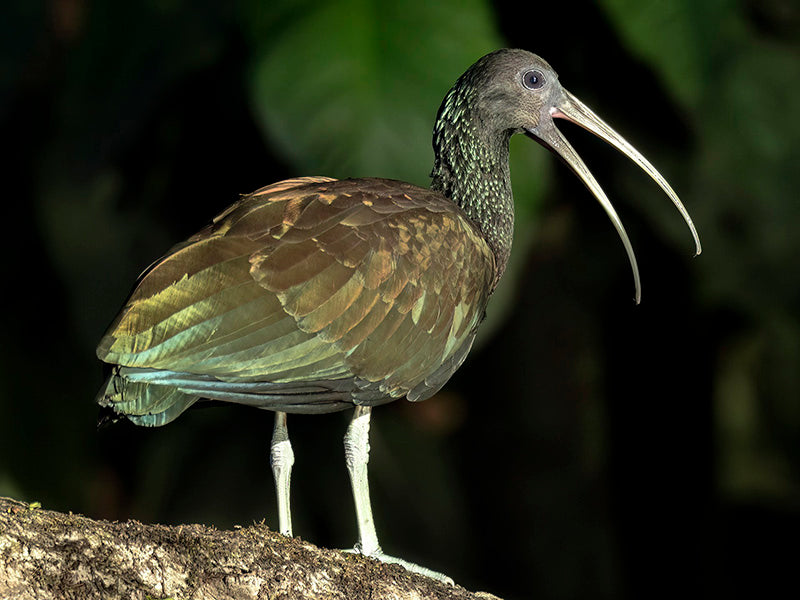
Green Ibis
Mesembrinibis cayennensis
Spanish name: Ibis Verde
Size: 22 in | 56 cm
Habitat: Dense tropical forests, mangroves, swamps, wetlands, and wooded areas near rivers and streams.
Height: <800 m
Photo: © Andres Vasquez Noboa eBird S47123735 Macaulay Library ML 536042021
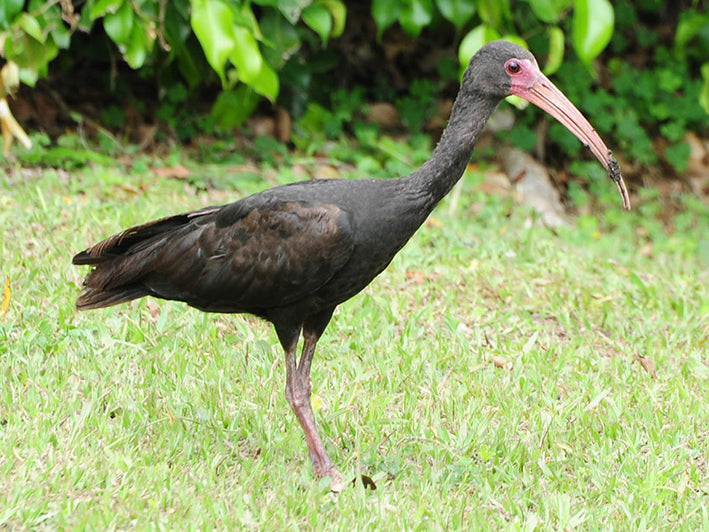
Bare-faced Ibis
Phimosus infuscatus
Spanish name: Coquito
Size: 20 in | 51 cm
Habitat: Variety of wetland habitats, including marshes, swamps, flooded grasslands, and rice fields.
Height: < m
Photo: © Luis A. Materon
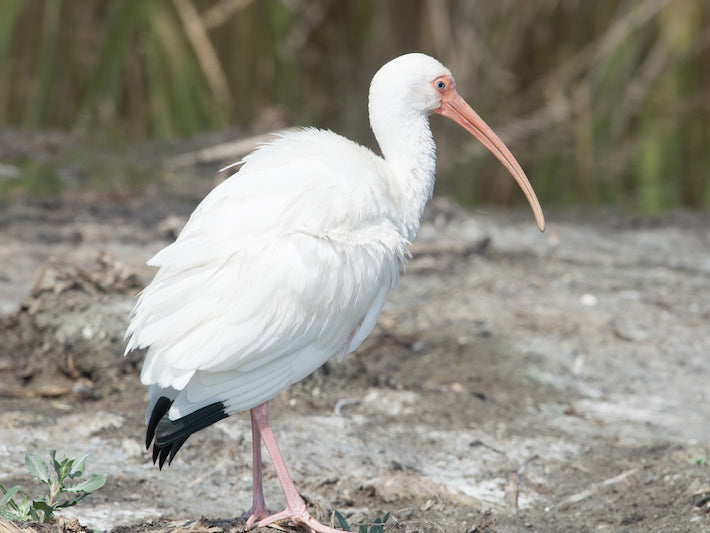
White Ibis
Eudocimus albus
Spanish name: Ibis Blanco
Size: 24 in | 61 cm
Habitat: Coastal marshes, swamps, mudflats, and flooded fields near freshwater or saltwater sources. They can also be found in mangrove forests, tidal flats, and estuaries.
Height: <500 m
Photo: © Luis A. Materon

Scarlet Ibis
Eudocimus ruber
Spanish name: Corocora
Size: 24 in | 61 cm
Habitat: Tropical rainforests, swamps, marshes, and coastal lagoons. Shallow waters, mudflats, and mangrove swamps where they can wade and forage for small aquatic creatures like crustaceans, insects, and fish.
Height: <500 m
Photo: © Luis A. Materon
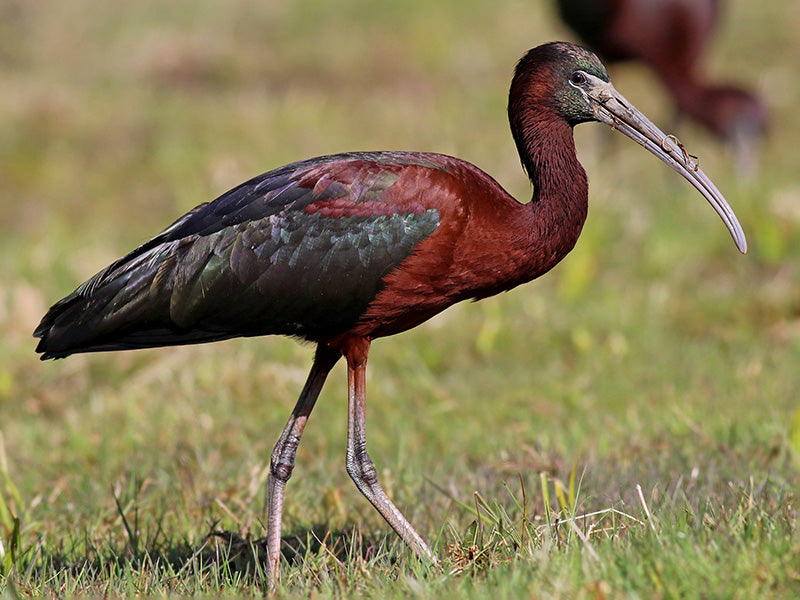
Glossy Ibis
Plegadis falcinellus
Spanish name: Ibis Pico-de-hoz
Size: 23 in | 58 cm
Habitat: Freshwater and saltwater marshes, swamps, flooded grasslands, and rice fields, preferring areas with shallow water that provide abundant food sources such as insects, small fish, amphibians, and crustaceans.
Height: <1000 m
Photo: © Jeremiah Trimble eBird S67185124 Macaulay Library ML 224139071

